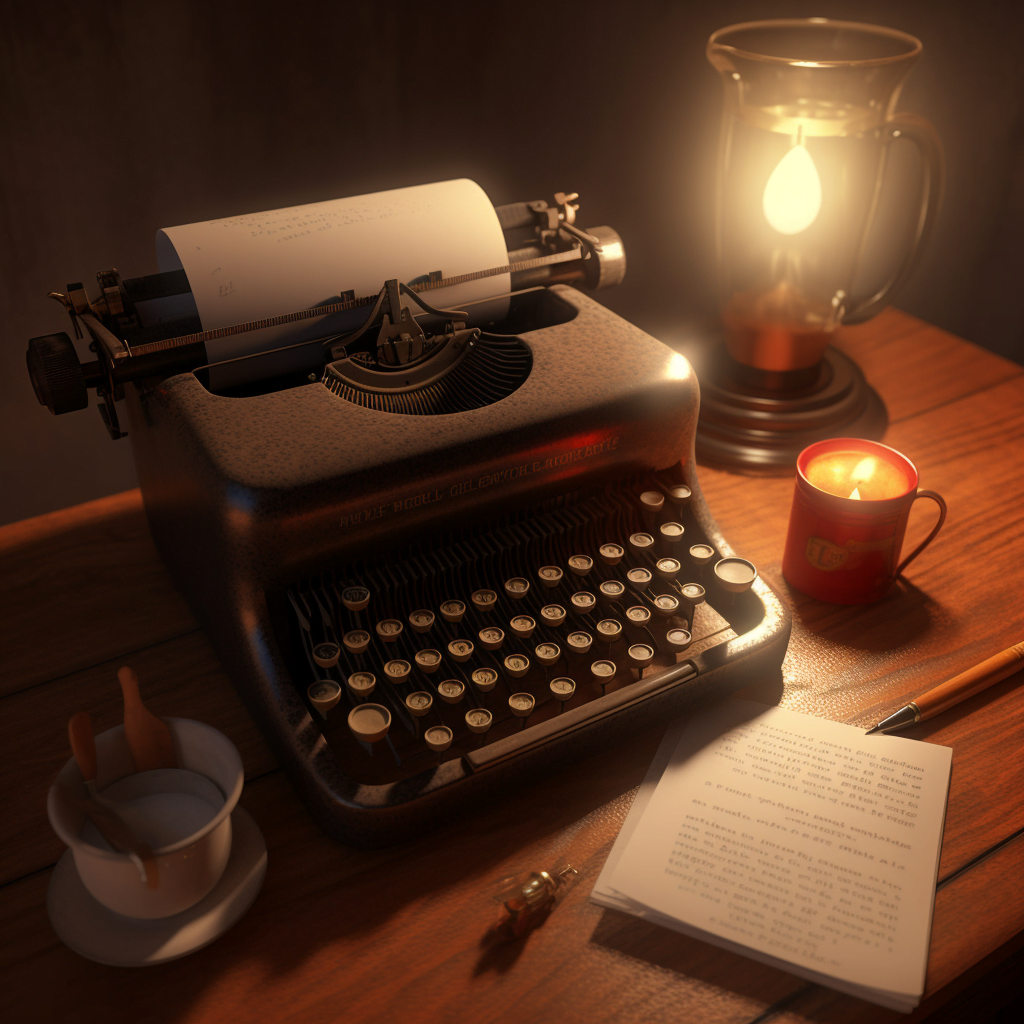
Onomatopoeia is a fun and silly way of writing words that imitate the sound they represent. For example, “buzz,” “sizzle,” and “meow“ are all onomatopoeic words. You can even create your own like the band Ylvis did with their viral song called What Does the Fox Say?
Onomatopoeia Definition: Sounds in Disguise
Onomatopoeia comes from two Greek words: “onoma” meaning “name” and “poiein” meaning “to make.” When these words are combined, they create a term that describes a word formed by the sound it represents. Just like undercover agents in the world of words, onomatopoeic words infiltrate sentences and bring sound to life!
The Role of Onomatopoeia in Language
In the giant pizza of language, onomatopoeia is the zesty pepperoni that adds a flavorful kick. These words spice up writing by imitating natural sounds, adding depth and richness to the reading experience. Writers often use onomatopoeia to paint vivid pictures in the reader’s mind, capturing the essence of a scene by incorporating the sounds that accompany it.
Notable authors throughout history have utilized onomatopoeia to great effect. For instance, Edgar Allan Poe’s famous poem, “The Bells,” repeats the word “tinkle” to mimic the sound of ringing bells. Likewise, in the classic children’s book “Mr. Brown Can Moo! Can You?” by Dr. Seuss, onomatopoeic words like “moo” and “buzz” invite young readers to participate in the fun, sound-filled adventure.
Generating Onomatopoeia: How to Craft Unique Sound Words
Ready to become a word wizard and conjure up some captivating onomatopoeic words? Here’s the recipe for creating these magical sound words:
- Listen closely: Pay attention to the sounds that fill the world. Take a walk, sit in a busy cafe, or listen to the rain patter on a windowsill. Focus on the specific sounds and how they resonate.
- Break it down: Split the sounds into smaller segments. Imagine the sound as a series of syllables, and try to write them down.
- Experiment: Combine and rearrange the syllables to form a new word that best represents the sound. Don’t be afraid to get creative and play around with different combinations!
- Test it out: Read the new onomatopoeic word aloud. Does it capture the essence of the sound? If not, continue tweaking the word until it feels just right.
Examples of Onomatopoeia
Prepare to embark on a journey through a gallery of onomatopoeic words. From animal sounds to the hum of everyday life, these examples showcase the delightful range of onomatopoeia:
- Animal noises: “Meow,” “woof,” “ribbit,” “quack,” “neigh,” “roar,” “chirp,” and “hiss”
- Nature sounds: “Rustle,” “gurgle,” “babble,” “whisper,” “pitter-patter,” and “crackle”
- Human-made sounds: “Beep,” “honk,” “ring,” “clang,” “click,” “bang,” “sizzle,” and “pop”
The list goes on, but these examples offer a taste of the vast world of onomatopoeia. With a bit of imagination and creativity, new onomatopoeic words can be crafted to enrich writing and captivate readers.
Putting Sound Words to Work
Now that the art of onomatopoeia has been explored, it’s time to put these sound words to work! Incorporate onomatopoeia into stories, poems, and even daily conversations. Whether it’s describing a babbling brook, the sizzle of a frying pan, or the buzz of a busy city, onomatopoeic words can elevate the sensory experience and make the scene come alive.
Onomatopoeia is a fun and playful tool that can transform writing into an immersive experience. By mimicking sounds, these unique words add depth, color, and texture to sentences. So, unleash the inner word wizard and start experimenting with onomatopoeia. Whether crafting a whimsical poem, a heart-pounding action scene, or a cozy fireside chat, using onomatopoeic words will help transport readers to the very heart of the story. Remember, the power of sound is only limited by imagination!
If you’re thirsty for more writing knowledge, head over here to learn all 74 literary devices.





